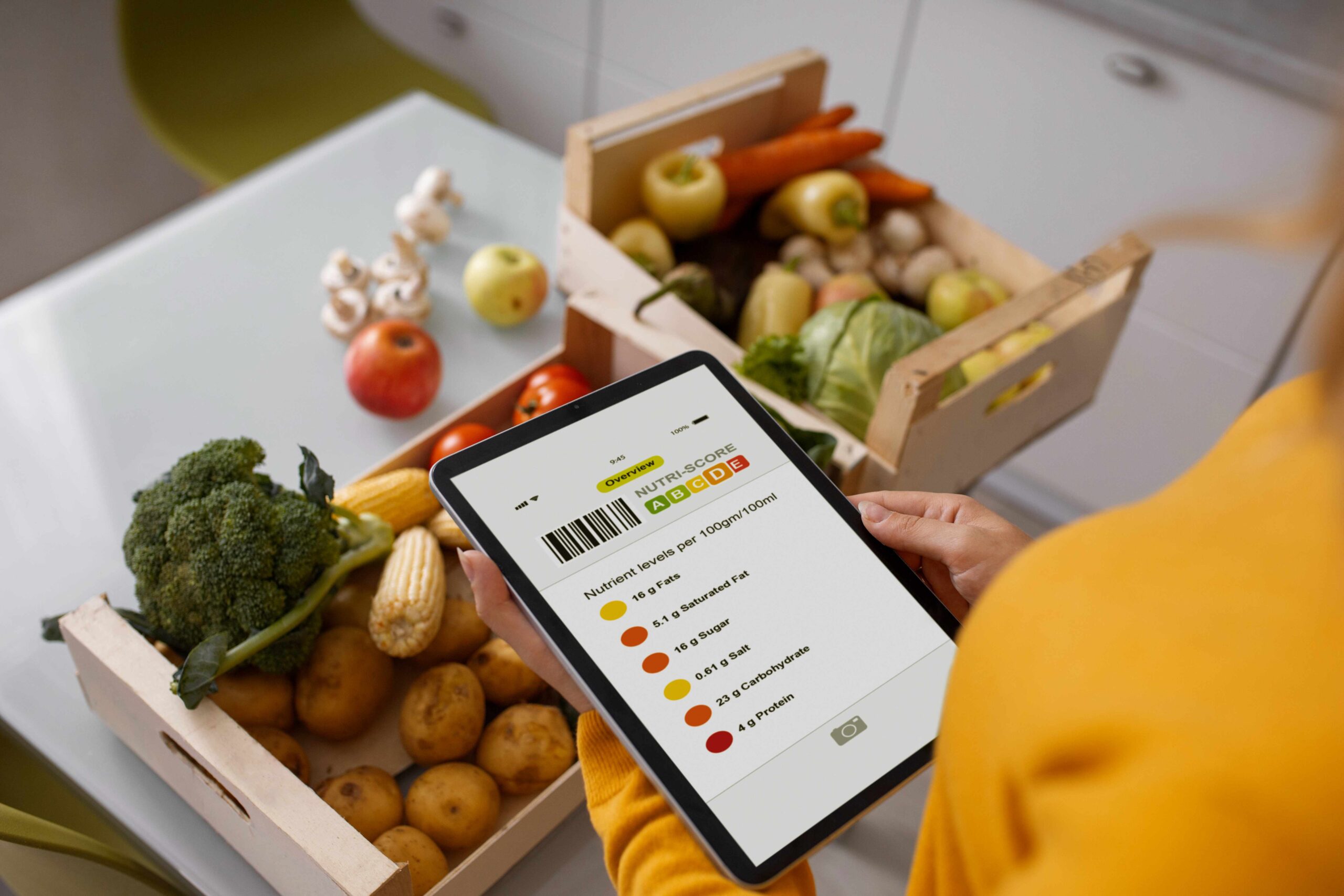
In the ever-evolving landscape of digital solutions, food and grocery web apps have emerged as indispensable tools, offering convenience and efficiency to consumers worldwide. However, for entrepreneurs looking to venture into this domain, understanding the intricacies of development costs is essential. In this blog, we’ll explore the factors influencing the development cost of food and grocery web apps, shedding light on key considerations and providing insights into creating successful solutions.
Navigating the Food and Grocery Web App Landscape
Food and grocery web apps serve as gateways connecting users with a vast array of products and services. From browsing menus to placing orders and scheduling deliveries, these apps streamline the entire process, enhancing convenience and accessibility. To embark on this journey, collaborating with a reputable grocery app development company like ToXSL Technologies is paramount.
Key Factors Influencing Development Cost
Feature Set:
The breadth and complexity of features significantly impact development costs. Basic apps with essential functionalities may incur lower costs, while advanced solutions with customization options, real-time tracking, and integration with third-party services can escalate expenses.
Platform Choice:
Developing for the web involves considerations such as responsiveness, cross-browser compatibility, and scalability. Costs may vary depending on the complexity of web development requirements and the need for responsive design across various devices.
User Interface and Experience:
Investing in intuitive design and seamless navigation is crucial for engaging users and driving adoption. Design costs may vary based on the level of customization and user-centric features incorporated into the app.
Integration with External Services:
Integrating features such as payment gateways, mapping services for real-time tracking, and analytics tools adds complexity to development and may entail additional expenses.
Geographical Considerations:
Development costs may vary based on the location of the development team. Collaborating with a grocery app developer in regions with lower labor costs may result in more competitive pricing.
Estimating Development Costs
While pinpointing exact costs can be challenging due to the variables involved, here’s a rough breakdown:
Basic Web App:
Starting at $20,000 to $50,000, a basic food and grocery web app includes essential features such as user registration, product catalog, order placement, and basic delivery tracking.
Mid-Range Web App:
Ranging from $50,000 to $100,000, a mid-range web app offers additional features like customization options, advanced search functionality, secure payment integration, and push notifications.
Advanced Solution:
Beyond $100,000, an advanced solution encompasses sophisticated features such as AI-driven recommendations, route optimization for delivery personnel, inventory management tools, and robust analytics capabilities.
Conclusion
Embarking on the journey of food and grocery web app development requires careful planning, collaboration with experienced developers, and a keen understanding of user needs and market dynamics. While costs may vary based on project requirements and scope, investing in a well-designed and feature-rich web app can yield substantial returns in terms of user engagement, customer satisfaction, and business growth. By partnering with a reliable grocery app development company like ToXSL Technologies and prioritizing quality and innovation, you can navigate the complexities of web development and emerge with a successful and competitive solution in the thriving food and grocery delivery market.







